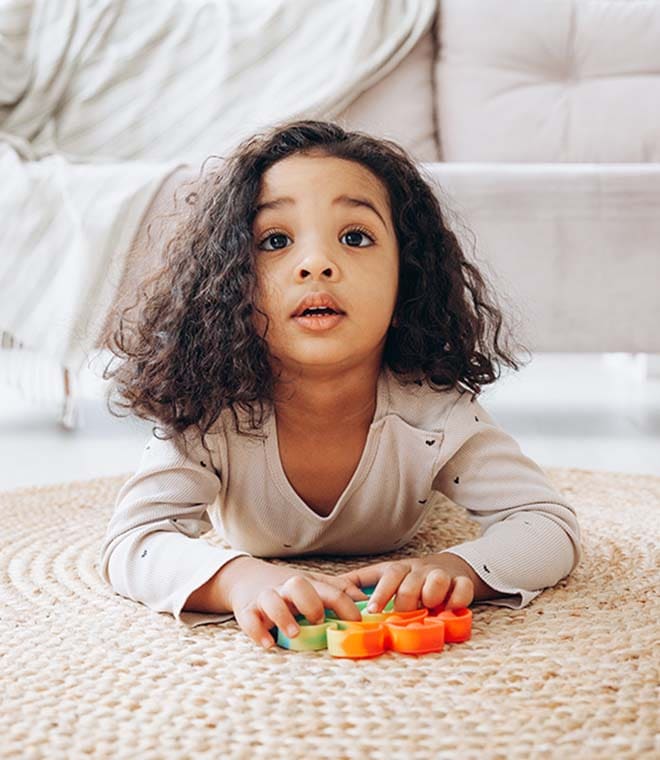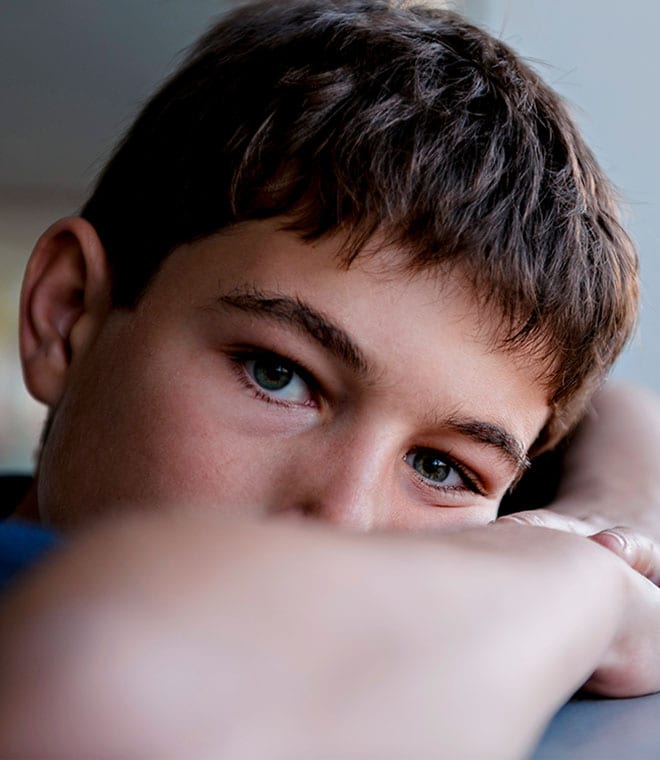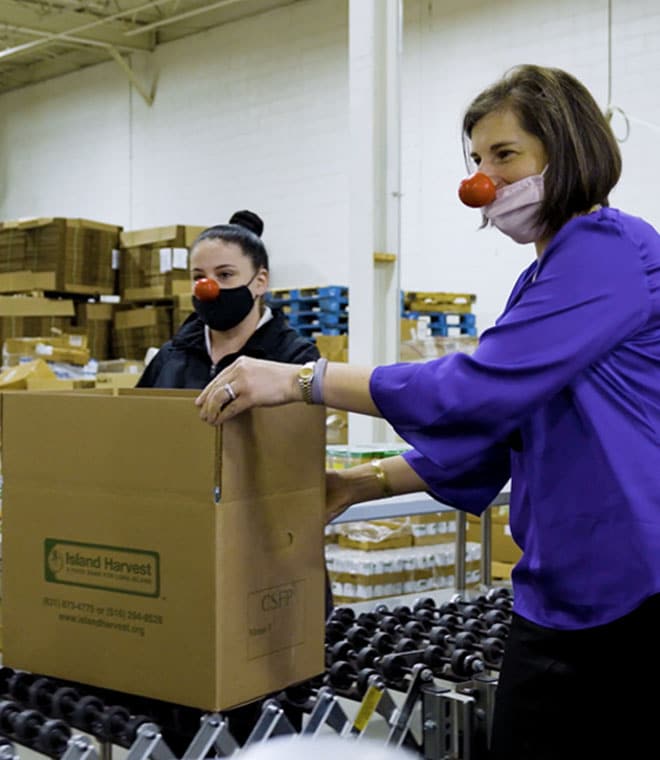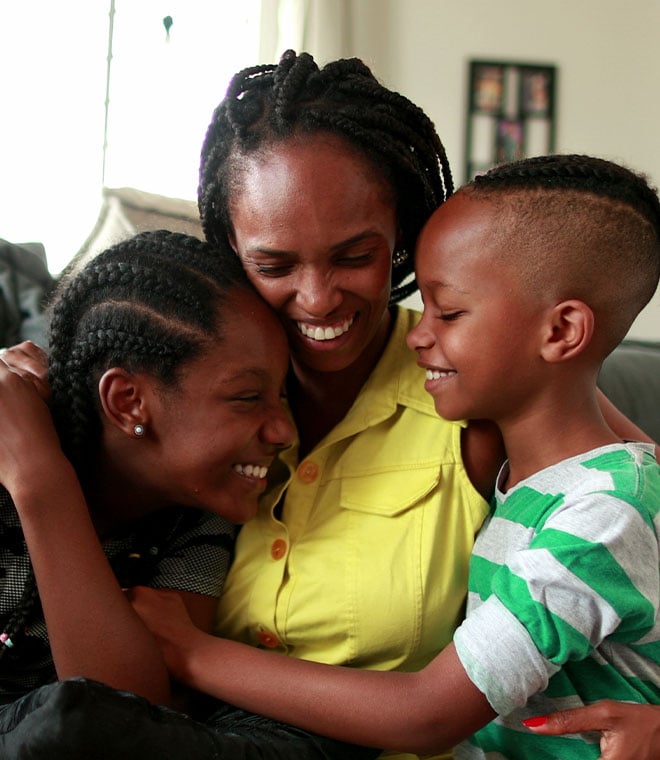Health
Anxiety in children: What you need to know
By Kristi Leksen, MA, Licensed Mental Health Counselor Mar 25, 2025 • 8 min
It’s normal for children to feel occasional anxiety. Many children feel anxious about events like the start of a new school year or taking a test. Some anxiety can even be helpful. It’s the body’s way of preparing you to deal with stress or keep you focused so you can be at your best when facing challenges. But sometimes the feelings of anxiety can be overwhelming and get worse over time. When children experience anxiety that becomes intense and affects their daily activities, it may be a sign of an anxiety disorder. Learning to spot the early warning signs in children and teens is the first step toward getting them effective help in reducing their symptoms and improving their overall well-being.
What causes anxiety in childhood?
Anxiety is tied to our body’s stress, or fight-or-flight, response. This defense mechanism increases nervous system function, breathing and heart rate to help us fight off or run from threats. Many issues can cause children to have feelings of anxiety. If your child gets anxious occasionally, this does not necessarily mean they have an anxiety disorder.
Children with anxiety disorders may have a heightened flight-or-fight response, even when there is no real danger. Their bodies may go into fight-or-flight mode more easily or intensely, and they may remain in that state for longer than normal.
Genetics may also play a role in anxiety disorders. Children with a family member who has an anxiety disorder are generally more likely to develop one as well. Stressful life situations, like the death of a loved one, domestic violence, serious illnesses, pressure at school, and the dramatic changes that occurred during the COVID-19 pandemic, could contribute to children’s anxiety disorders.
What are children’s anxiety disorders?
Some common types of anxiety disorders in children include:
- Generalized anxiety disorder (GAD) is marked by a general state of excessive and uncontrollable worry.
- Separation anxiety disorder (SAD) causes children to experience an excessive fear of being apart from a parent or primary caregiver.
- Social anxiety disorder causes anxiety when interacting with people, speaking in front of a group of any size or performing in front of others. For example, a child may become extremely anxious when called on in class.
- Panic disorder causes children to experience multiple panic attacks with severe physical symptoms of anxiety, like trembling and shortness of breath. Panic disorder is more common in teens than in younger children.
- Phobias are an intense fear of something specific, like the dark or heights. Phobias can cause children to avoid certain activities.
- Selective mutism is a disorder where children or teens refuse to talk in certain situations due to fear and worry.
Children and teens may develop more than one anxiety disorder. For example, some children who have social anxiety disorder may also exhibit symptoms of selective mutism.
What are the signs of anxiety in children?
Signs of anxiety in children may be difficult to separate from ordinary fears and worries. Some red flags to look out for include:
- Getting tired easily
- Feeling irritable
- Changes in sleep habits
- Headaches
- Stomachaches
- Trouble concentrating
- Refusing to participate in activities
- Reluctance to go to school
What does childhood anxiety treatment involve?
Healthcare providers often recommend cognitive behavioral therapy (CBT) as a treatment for anxiety disorders. CBT is a type of talk therapy that allows kids and teens to gain a better understanding of their thoughts and feelings. CBT helps them understand where their anxiety comes from and learn strategies for coping when it arises. In some cases, healthcare providers may prescribe medications to reduce symptoms of anxiety while kids undergo CBT.
How to help an anxious teenager or child
Parents, caregivers, extended family members and educators can take steps to help anxious teens and children. These tips may help but they’re not intended to replace childhood anxiety treatments like CBT. Here are some tips that may help support a child or teen experiencing anxiety.
1. Identify triggers: Many children and teens with anxiety experience increased symptoms in particular situations. Keep track of the child’s symptoms in a journal (or with a mobile app) and look for patterns. If you identify a trigger, tell your child’s mental health professional or healthcare provider.
2. Model deep breathing: When the child is experiencing anxiety, slow down your own breathing, and encourage them to mimic you. Tell them to imagine filling their belly up like a balloon each time they breathe. You can also pretend your fingers are birthday candles and ask them to blow each one out slowly.
3. Offer a gentle reality check: Intense anxiety can make everyday problems feel like a crisis, especially if a child is ruminating on a difficult experience from the past or worries about the future. Remind them that at this moment they are safe, and you are here to help them. When the child shares a worry, reframe it for them. For example, if the child says, “I am going to look stupid during that presentation, and everyone will hate me,” ask questions like:
- Have you given a presentation before?
- How have you prepared for presentations in the past?
After asking these questions, give your child an affirmation, such as, “You worked hard on this presentation, and you’re going to do your best. If you make a mistake, it will be okay.”
4. Practice ahead of time: If the child will be in an unfamiliar situation or setting, or if they need to do something that causes them anxiety, talk through what will happen. Offer to role-play or act out the situation to reduce their fear of the unknown. With younger children, you can also read books about the subject or draw pictures that include images of your child managing their new circumstances well and being surrounded by caring people. For example, if the child gets stressed about the dentist, you could read a children’s book or draw pictures about dental care beforehand.
5. Don’t downplay feelings: Even if the child’s worries seem silly, they’re very real to them. Children have a limited ability to manage their emotions and cannot process information in the same ways as adults. Saying things like “suck it up” or “it’s not that serious” can lead to feelings of shame and isolation. Instead, ask questions, validate their feelings, and help them put things in perspective without being dismissive.
6. Get help from a professional: If your child seems excessively anxious, share your concerns with their healthcare provider. Getting support for children and teens early can help increase the chances of a positive outcome.
Clinically reviewed and updated March 2025.
Sources:
- https://www.nationwidechildrens.org/conditions/anxiety
- https://www.unicef.org/parenting/mental-health/what-is-anxiety
- https://www.mayoclinichealthsystem.org/hometown-health/speaking-of-health/9-tools-for-helping-your-child-manage-anxiety
- https://kidshealth.org/en/parents/anxiety-disorders.html
- https://www.childrenshospital.org/conditions/anxiety-disorders



